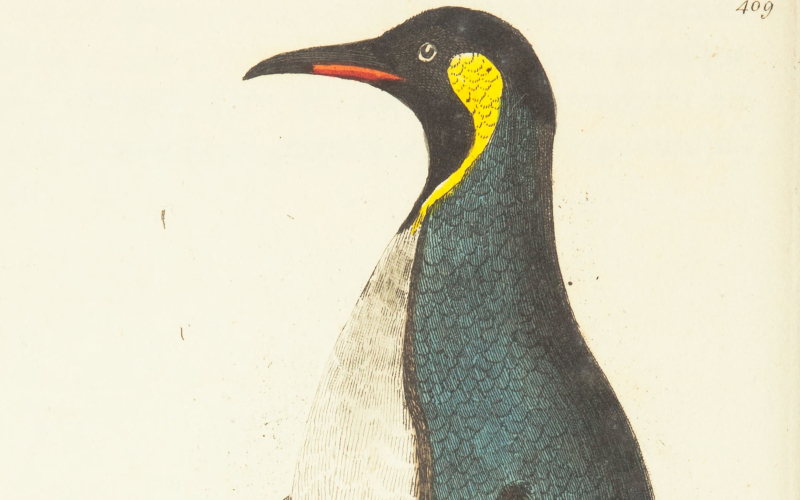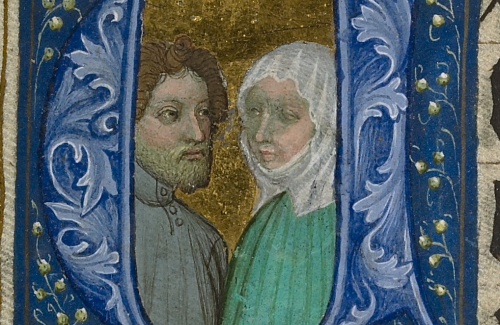#30 The Naturalist’s Miscellany
To round off science week, we looked at a personal favourite of mine. It’s one of those items that’s worth seeking out online just to browse through.
1. This is a copy of The Naturalist’s Miscellany, which was published in many parts, and which eventually consisted of 24 volumes and an index.
2. It was published between 1789 and 1813.
3. It consists of descriptions in Latin and English of flora and fauna from all over the world, written by George Shaw. These are accompanied by beautifully drawn illustrations by the Nodder family of artists.
4. There are 1064 coloured plates of birds, fish, mammals, reptiles, insects and more. Although the work is technically about the whole natural world, only four or five plates are of plants.
5. Shaw by this time was Keeper of Natural History at the British Museum. He had been educated at Magdalen Hall, Oxford, later becoming a doctor, then a lecturer in botany for the University of Oxford.
6. Shaw used specimens sent to the Museum as the basis of his work. When he had arrived in his role, many of the old specimens had had to be burned, due to their poor condition.
7. We know very little about the artists beyond their names, and the addresses in London that they worked from. Frederick Nodder seems to have died in 1801, but his widow Elizabeth and son Richard seem to have kept the business going.
8. Pembroke has the complete set. Although our copy has not been digitised, several have been, and you can see one in the Wellcome Collection’s digital library.
9. Specimens came to Shaw from all over the world, although birds seem to have been his favourite things to write about. The illustrations do sometimes lack accuracy, particularly for mammals, as only the skins of the animals would be sent to Britain. The kangaroo (vol.1, pl.33) and walrus (above) in particular look very strange to modern eyes.
10. Perhaps the most intriguing entry is for the platypus. The creature was so unlikely that Shaw had to take the unique step of writing a second entry for the platypus, reassuring his readers that it was real, even if it was a “paradoxical quadruped”

